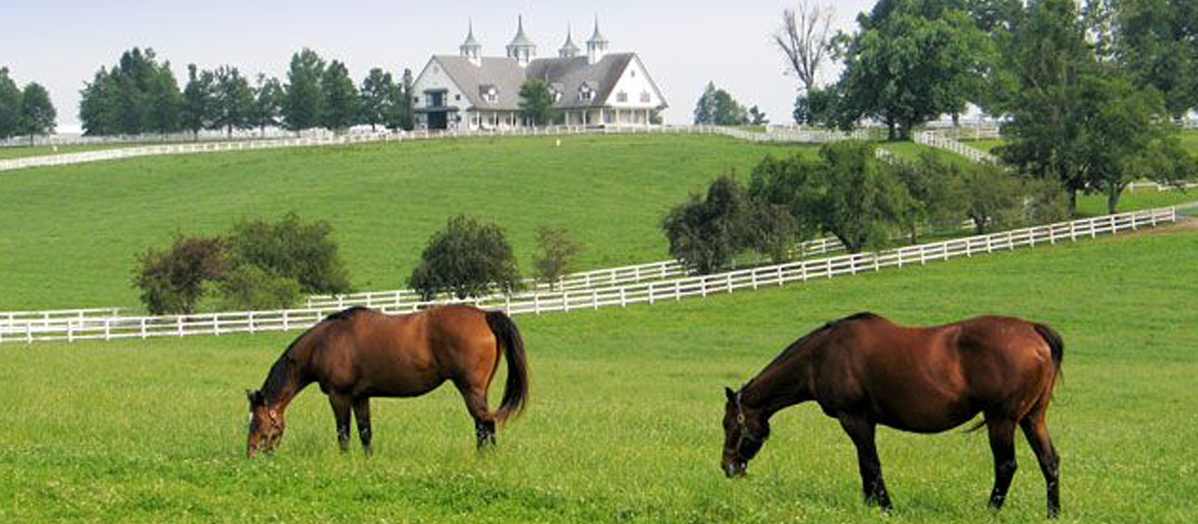365 Days in Horse Country – The Bashkir Curly

In 1898,
father and son ranchers John and Peter Demales were riding in a remote Nevada mountain
range and they spotted three wild horses.
They had seen mustangs before, but not like this. Instead of having straight hair-coat like
other horses, these three had coats made up of tiny ringlets that covered their
entire bodies.
Taken with the uniqueness of the horses’ appearance, the Demales did not forget them and went back to their homestead with colourful stories of the curly horses.
While the Demales may have been among the first settlers to notice this curly-coated horse, the Sioux and Crow Nations had known about curly horses in other parts of the American West for many years before this. Today, just about everyone in the horse world has heard about the Bashkir Curly.
Of unknown origins, this horse with the curly coat comes in just about every horse colour imaginable. The breed’s curly coat resembles that of a poodle and is only present during the winter months. The coat sheds out in the spring, along with the majority of their curly manes and tails.
The curly hair of the Bashkir Curly has been shown to be very similar to that of mohair, which is a certain type of coat found on a particular breed of goat. Like mohair, Bashkir Curly coats can be woven and spun into yarn. In fact, a number of Curly aficionados make an assortment of handmade clothing items out of the curly coats their horses shed every year.
Another unique aspect of the curly coat is its propensity to be non-allergenic. Most people who are allergic to horses have no problem being around Curly horses, even those that have shed out their ringlet coats for the summer.
Bashkir Curlies are used in a variety of different disciplines, including dressage, Western events, driving, and trail riding.
Michael







